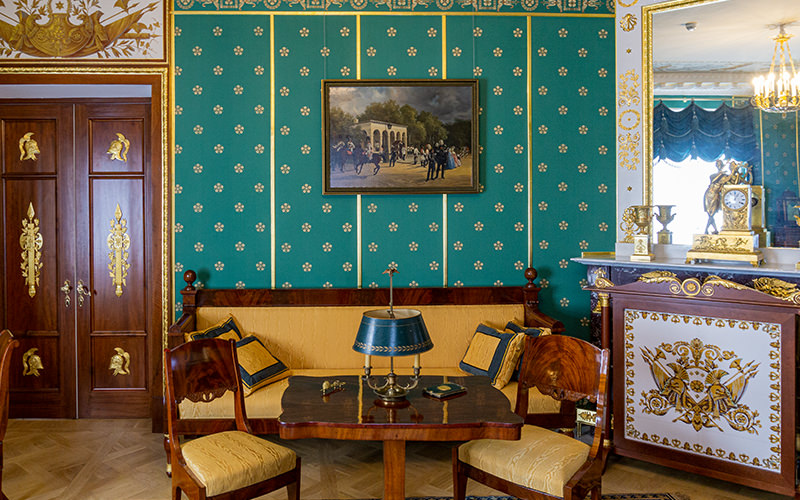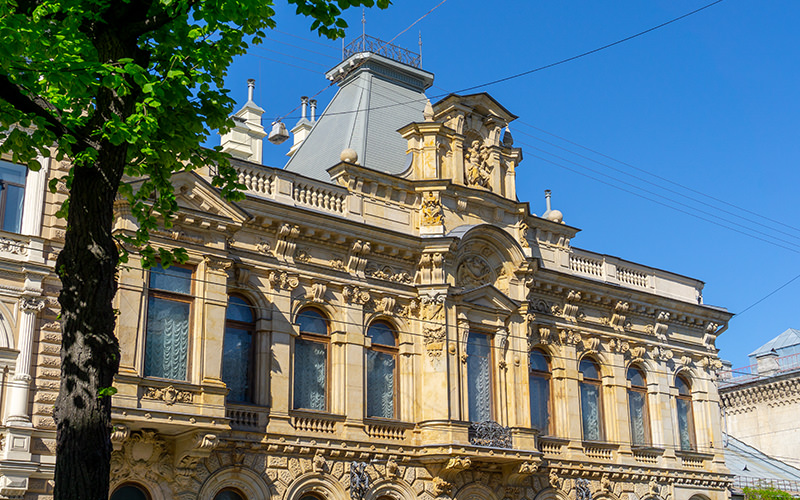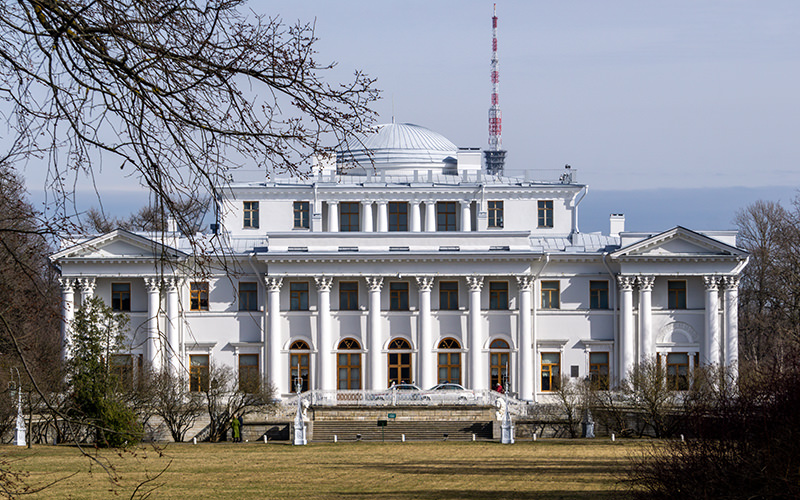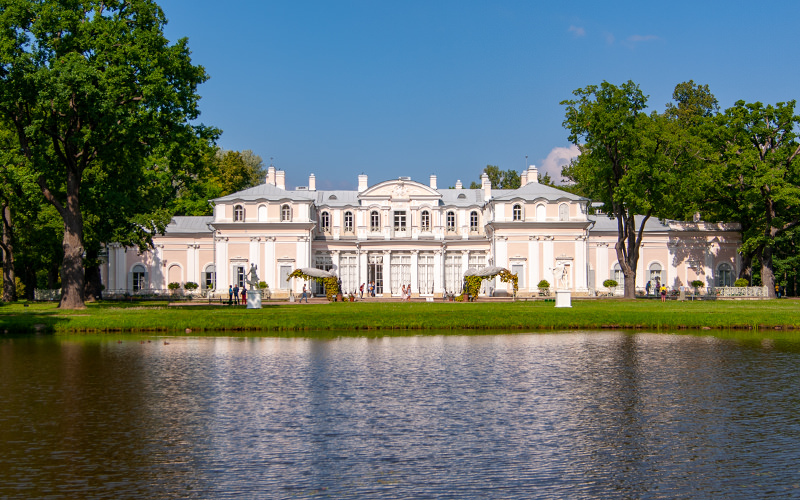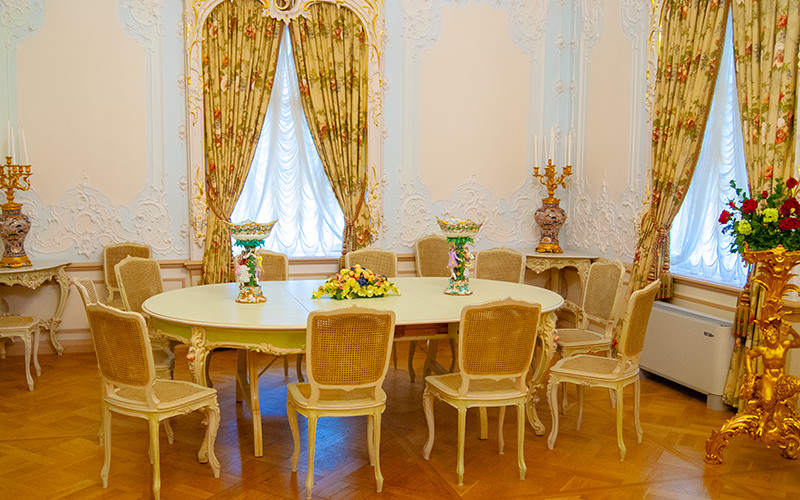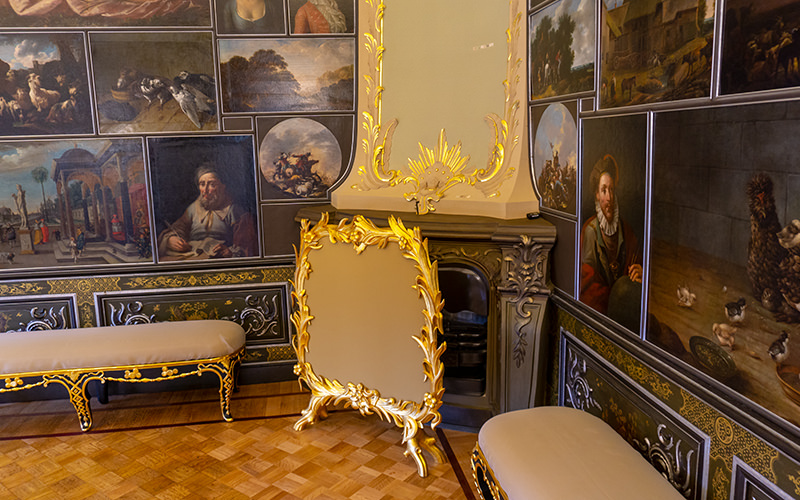The Oranienbaum Palace and Park Ensemble is a vast park featuring several remarkable palaces and pavilions. Among them, one palace stands out from the rest. Its external elegance undoubtedly attracts visitors, while its interior decor astonishes those who enter on a tour. This is, of course, the Chinese Palace, designed by the famous architect Antonio Rinaldi.
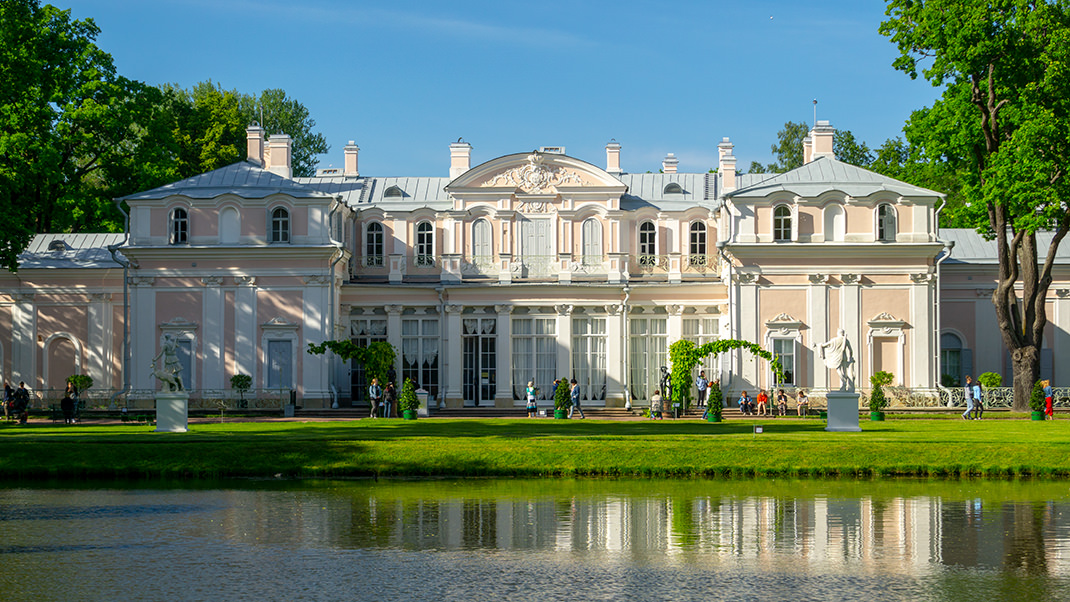
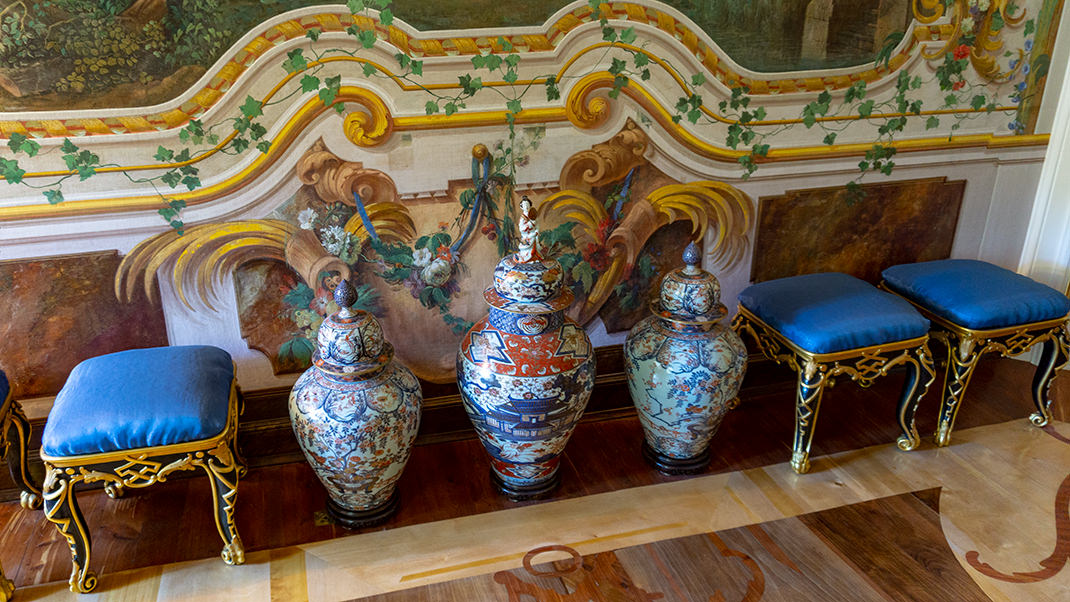
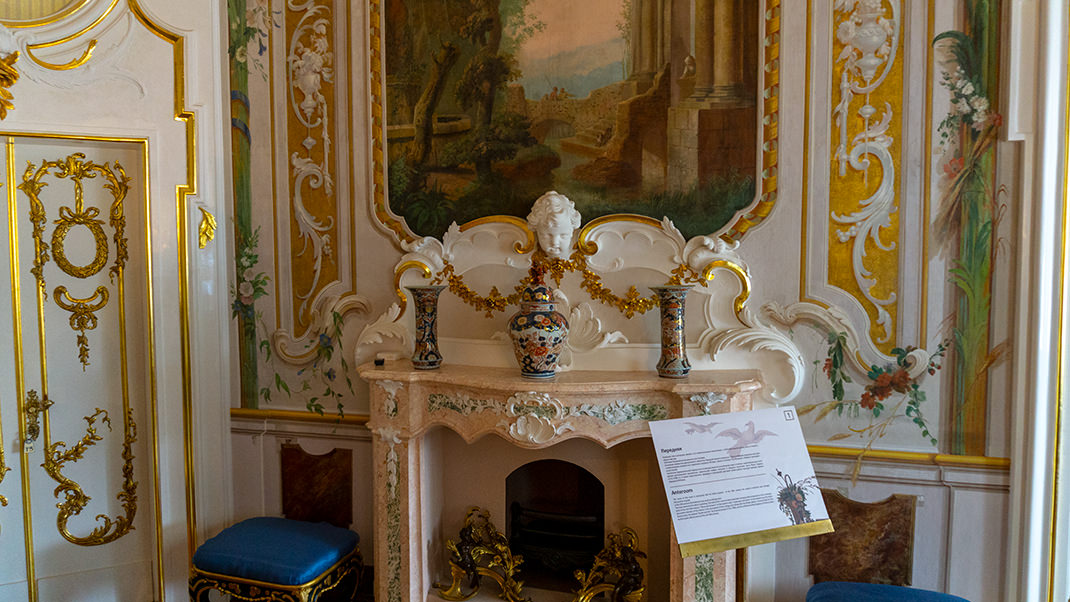
How to Get There
The palace and park ensemble is located in the town of Lomonosov, which is part of the Peterhof district of St. Petersburg. You can reach Lomonosov by minibus from the "Avtovo" metro station or by train from the Baltic Station. In addition to regular trains, comfortable "Lastochka" trains also stop here.
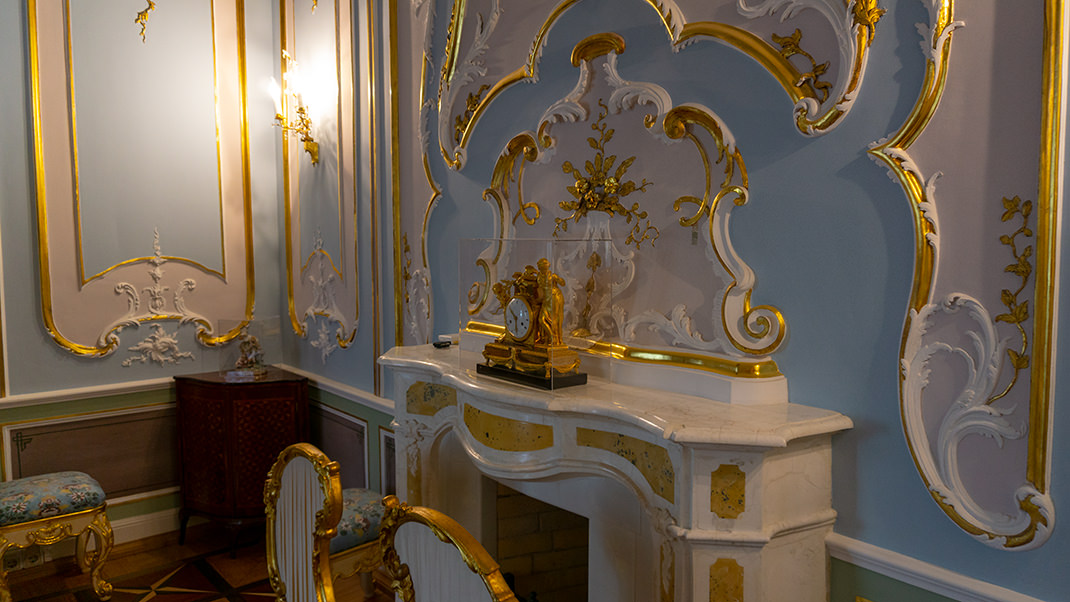
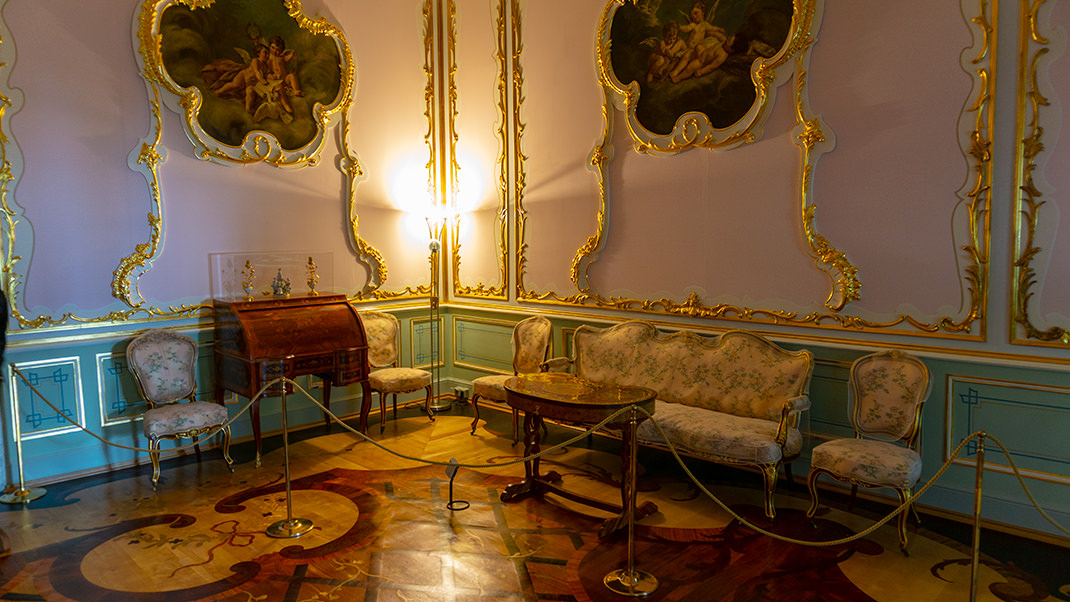
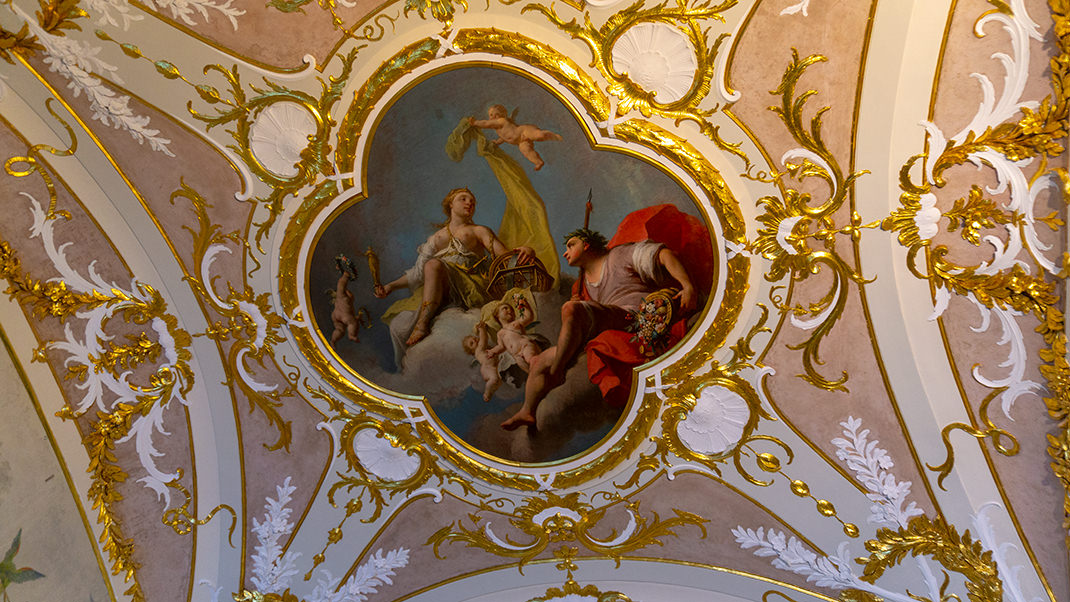
When purchasing tickets for the Chinese Palace, there are some nuances to consider. It is open only in the summer and does not operate during rain or high humidity. To enter the palace, you first need to buy a ticket to the park (100 rubles for citizens of the Russian Federation). Then, you can purchase a separate ticket for the exhibition at the palace ticket office (300 rubles for Russian citizens). All prices are based on summer 2019.
I mention citizenship for a reason: for visitors from countries outside the CIS, the entrance fee is significantly higher.
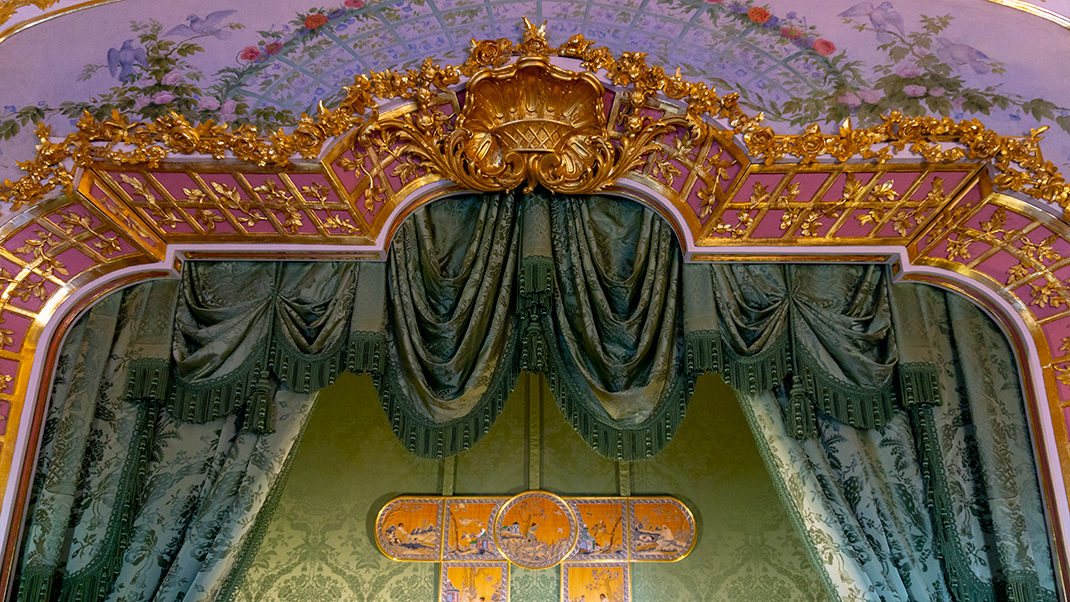
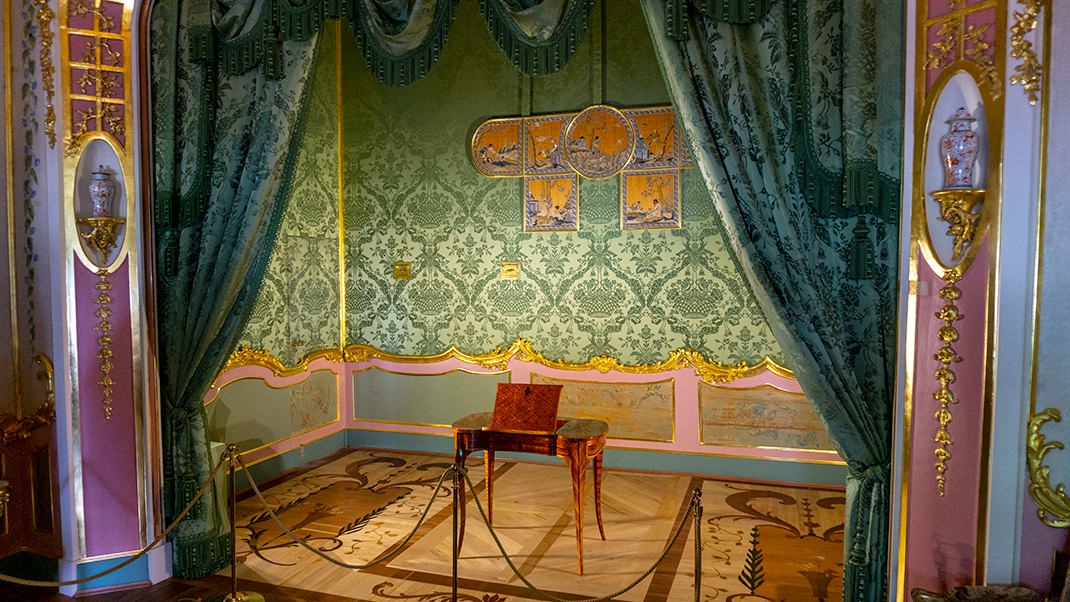
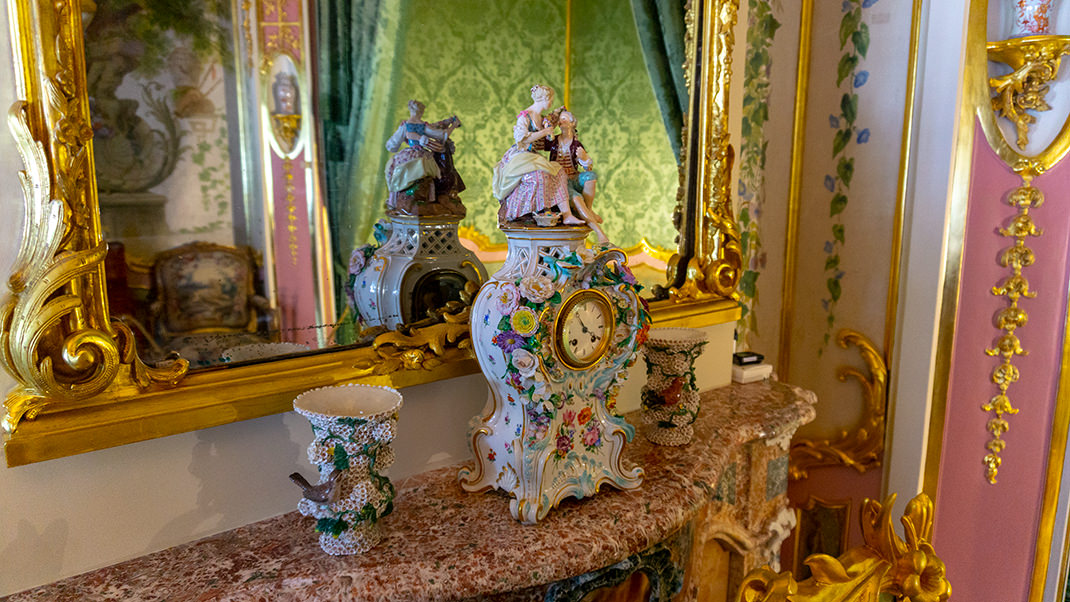
On weekends, there is usually a long line at the ticket office, so be prepared for that. Entrance to the palace is only allowed in groups, so you might have to wait a bit at the entrance. Trust me, your patience will be rewarded.
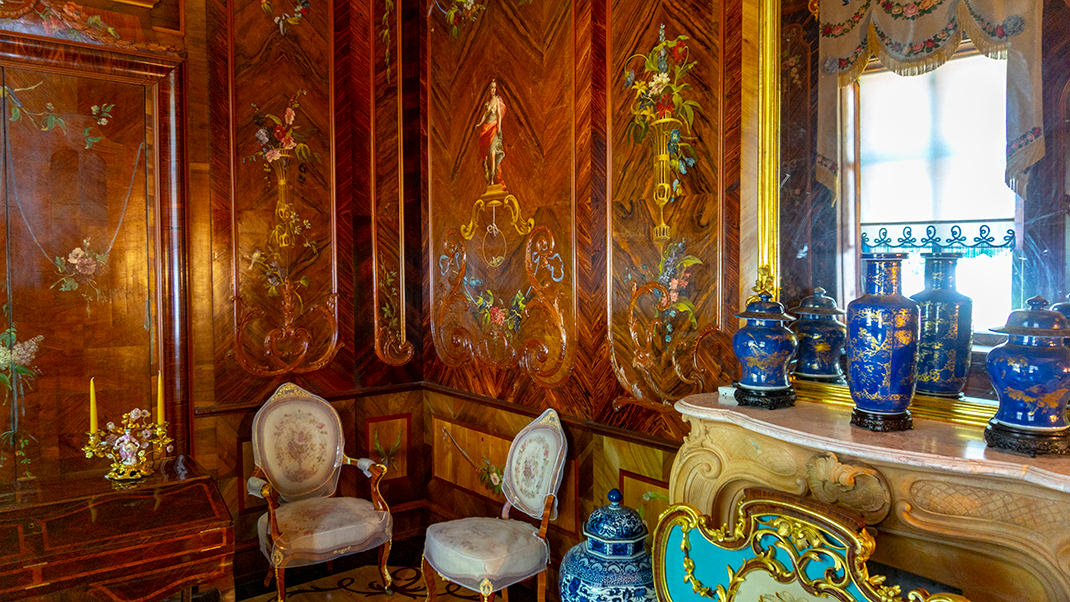
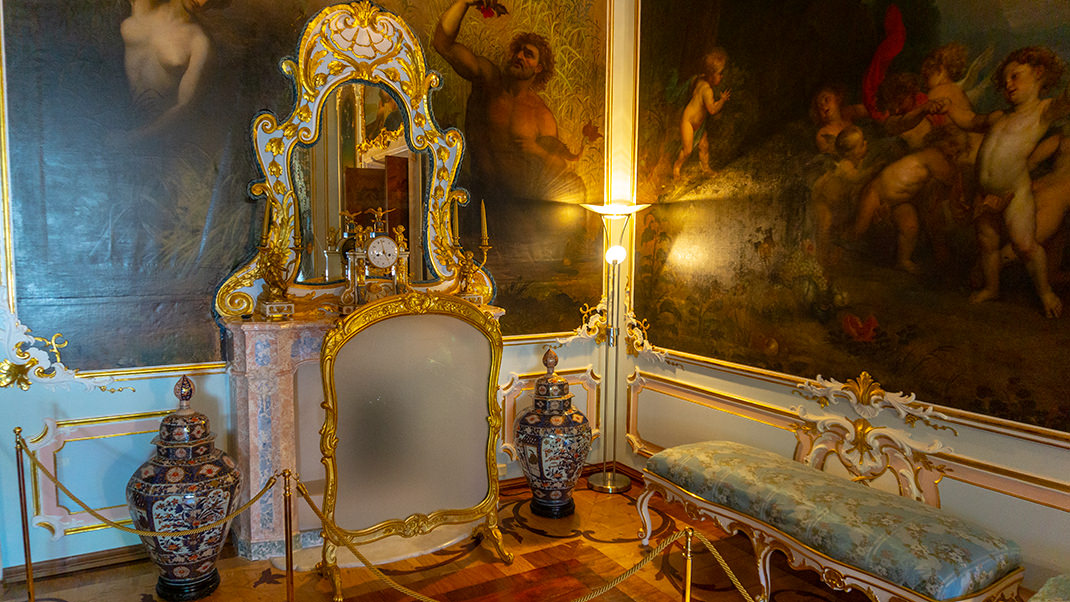
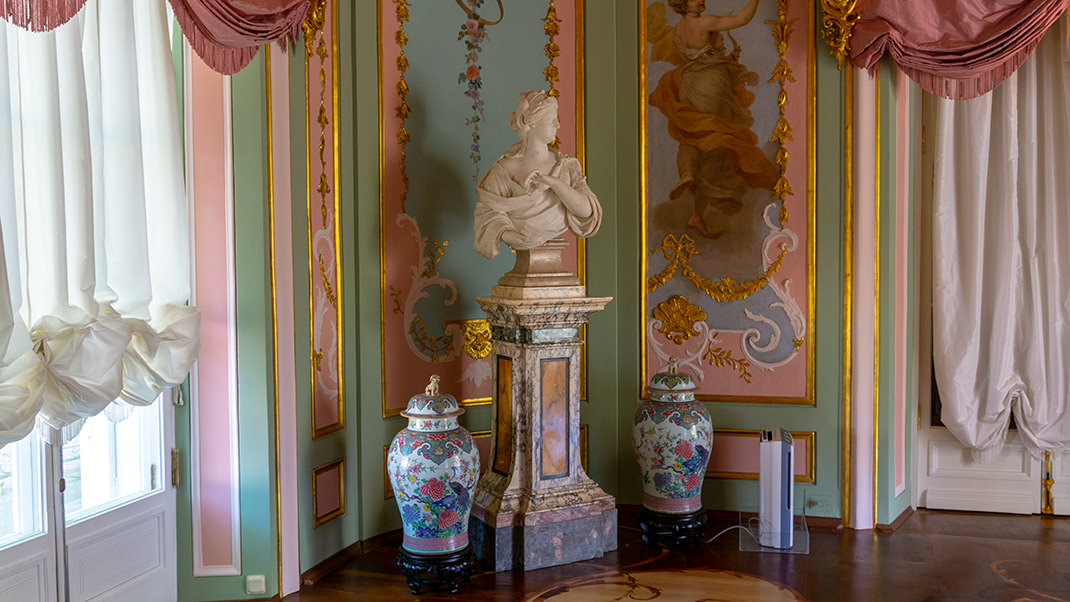
A Bit of History
The Rococo-style palace was built between 1762 and 1768. Initially, it was a single-story building, but in the mid-19th century, with the help of architect Andrei Stackenschneider, a glass gallery was added, and a second floor was built. My readers may already know this master from articles about the Beloselsky-Belozersky Palace and the "Cottage" Palace in Peterhof.
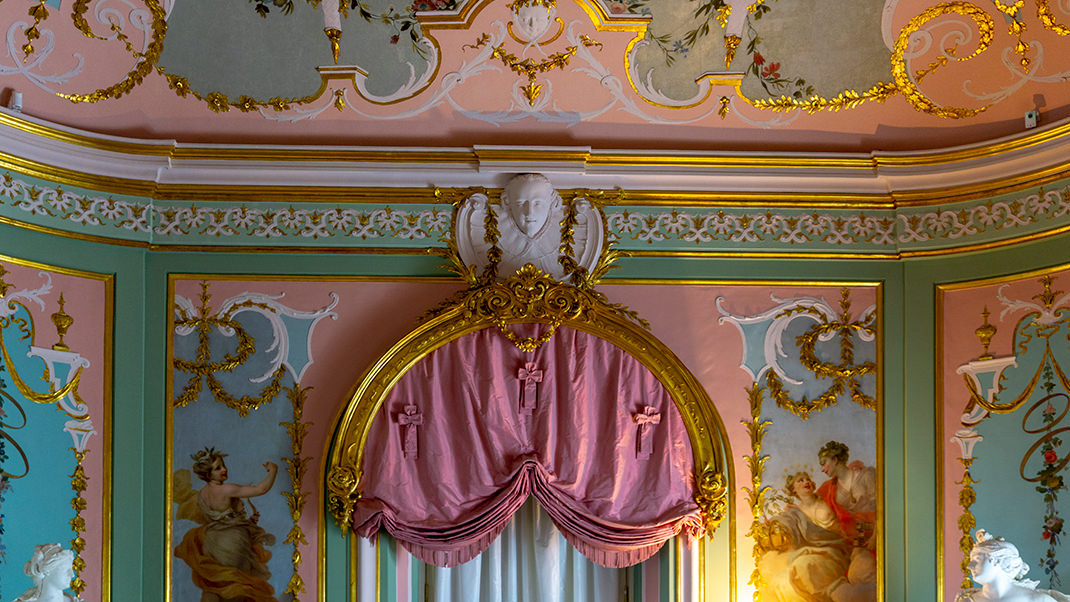
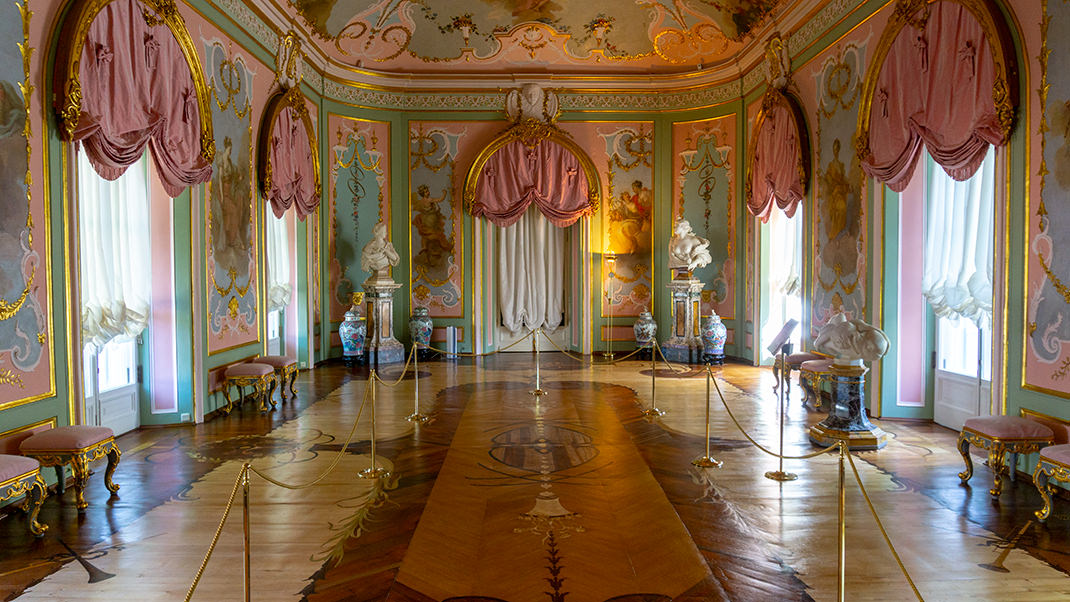
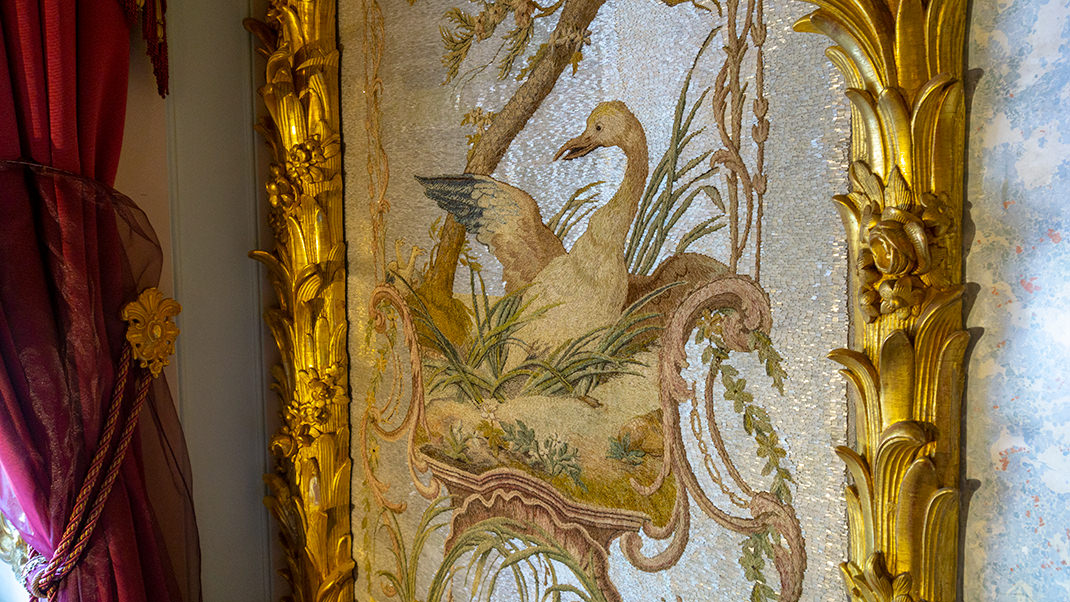
The Chinese Palace was not used for residence; it was part of Catherine II's "own dacha," meaning it served as a private residence for the empress, where only selected individuals were invited. Additionally, during World War II, Oranienbaum was largely undamaged, allowing the palace to survive to this day in an astonishingly preserved state.
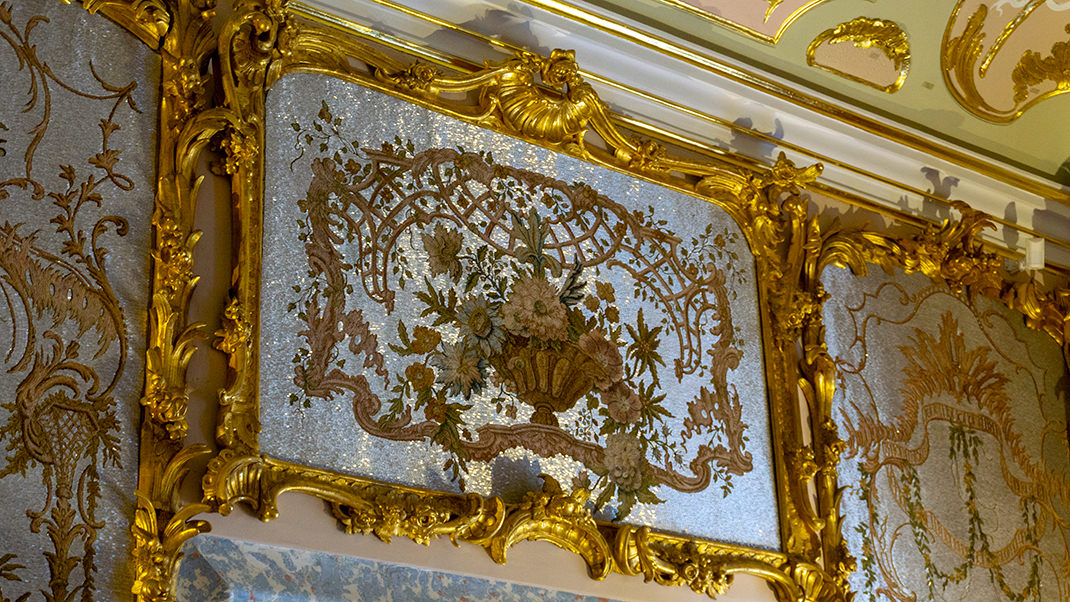
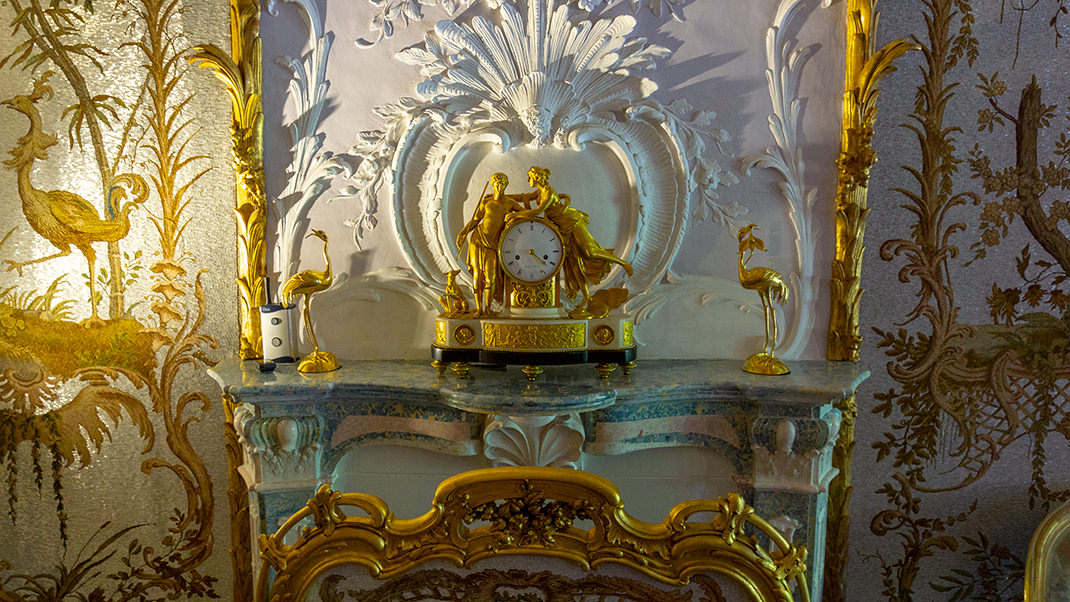
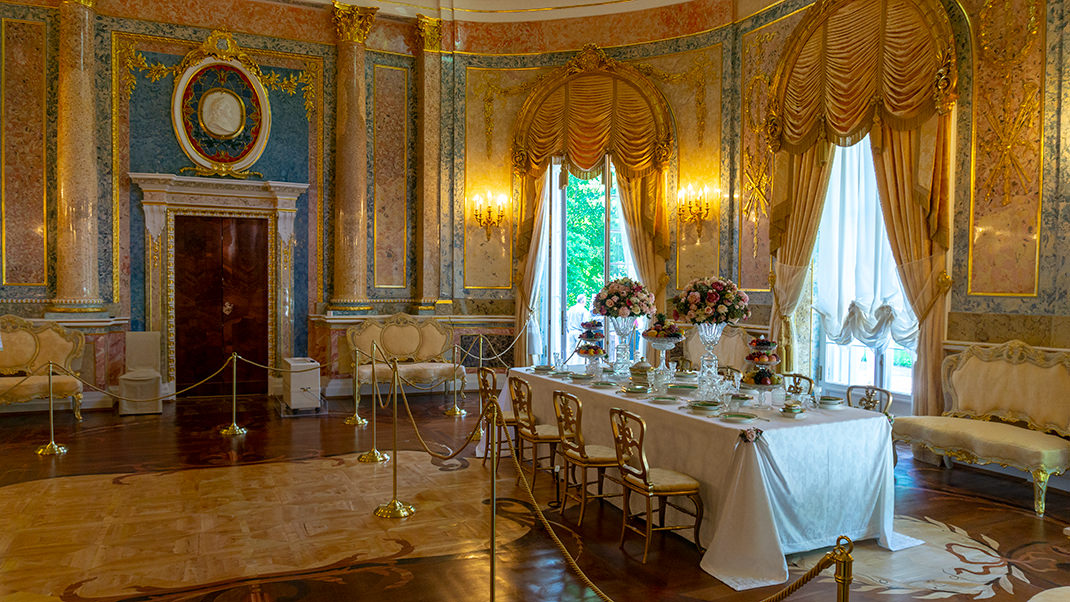
The palace gets its name from the fact that some of its halls feature Chinese motifs in their decor (this style is known as "chinoiserie").
The first floor of the palace contains seventeen halls, of which only ten are open for visits; the others are under reconstruction. Perhaps the most unusual of the currently accessible interiors is the Bead Cabinet, whose walls are adorned with twelve panels embroidered with glass beads and multicolored silk.
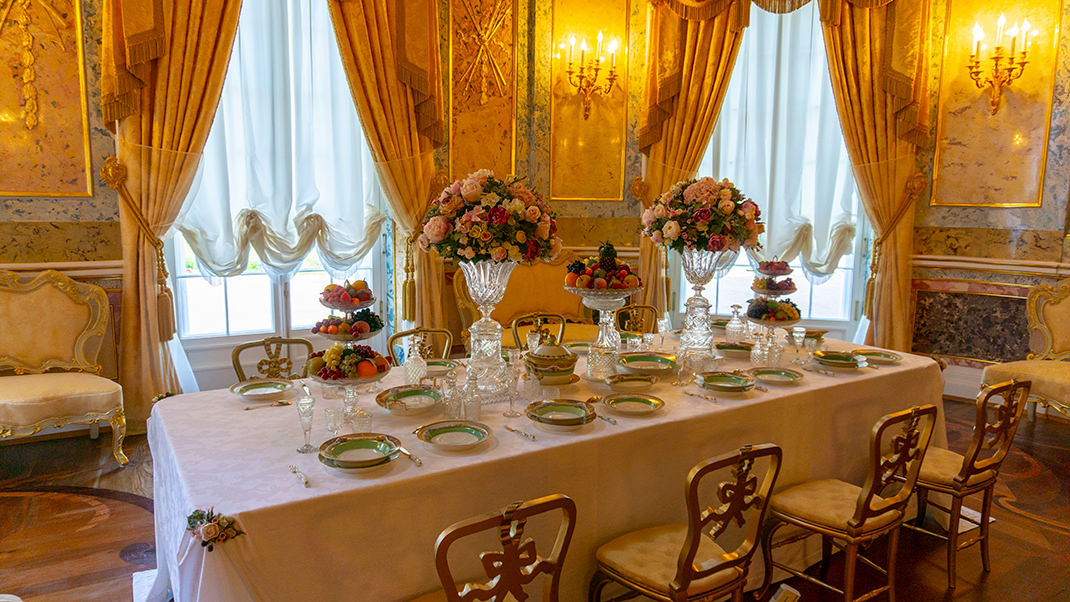
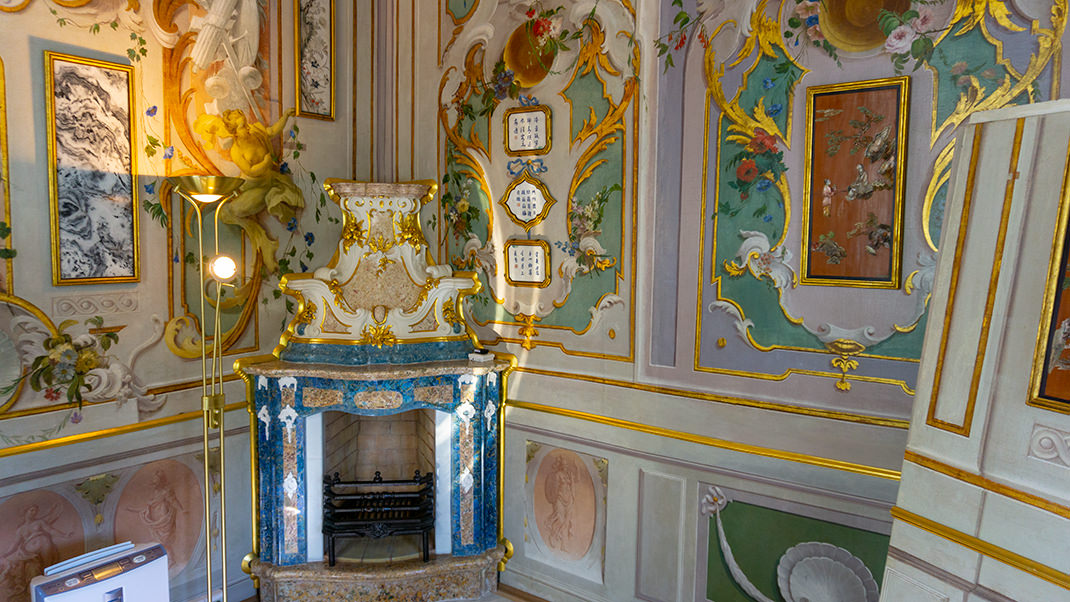
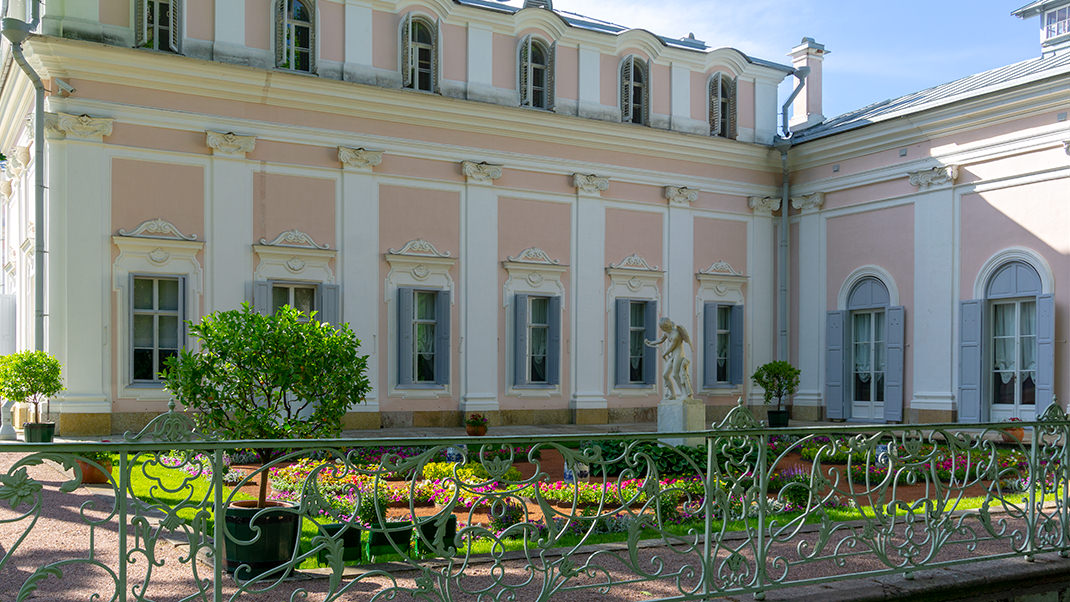
The tour concludes with a short walk around the park grounds and a visit to the last of the currently presented interiors—the office of Emperor Paul. If you wish to continue exploring the park, I recommend visiting the Peter III Palace, located not far away. This building is Rinaldi's first independent work in our country.
In summary:
- Beautiful ceremonial interiors;
- Be prepared for lines at the ticket office and entrance; the palace is quite popular;
- The park features several palaces and pavilions, so you definitely won't be bored here.


